

Matt Campbell
5 Days Ago

Journalist
The BYD Shark is nearing its debut on May 14 (Mexico time), and the company has now given us the clearest look at its first-ever ute.
While the company has previously teased the Shark’s front-end design, complete with C-shaped headlights and a light bar above a grille with prominent BYD badging, these images posted on BYD’s Instagram account are our first high-resolution look at the undisguised ute.
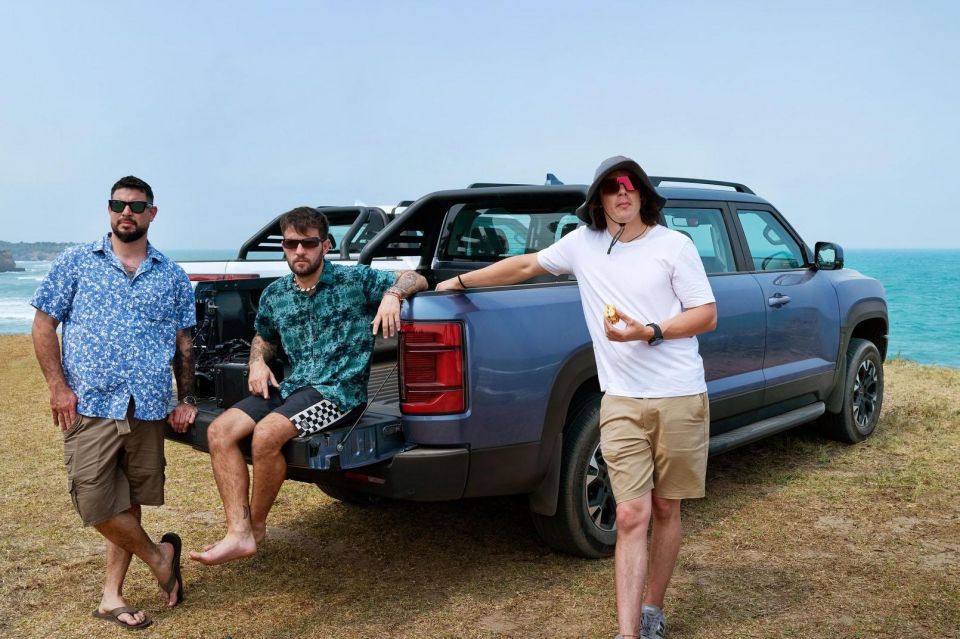
As we’ve seen in earlier spy photos, the Shark has a conventional silhouette. There are blacked out A-, B-, and C-pillars for a floating roof look, with black plastic also feature prominently on the bumpers, sills and wheel arch protectors.
The latest social media post about the Shark touts the ute’s road trip abilities, proclaiming its DMO plug-in hybrid drivetrain will “leave range anxiety behind and [allow drivers to] savour the journey of exploration”.
Unfortunately BYD didn’t post any images of the Shark’s interior, but earlier unauthorised photos of the cabin indicate it will have a centre console-mounted shifter, physical toggle switches, a free-standing digital instrument cluster, and a rotatable infotainment screen.
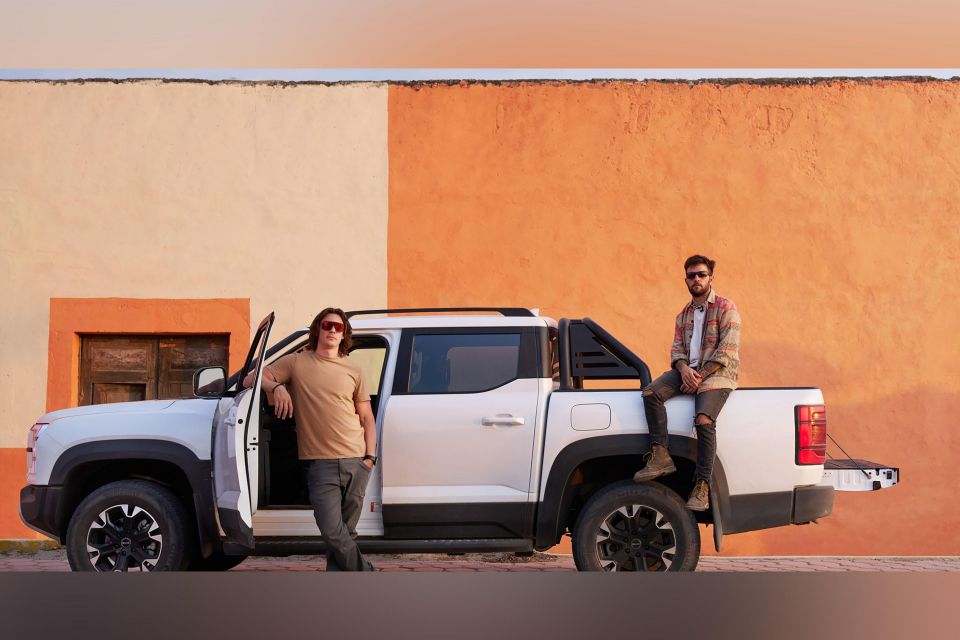
Reports out of China suggest the ute will share its DMO platform with the Bao 5 from the BYD’s Fang Cheng Bao brand, and will launch with a 365kW plug-in hybrid drivetrain featuring a 1.5-litre turbocharged four-cylinder petrol engine mated to two electric motors.
A fully electric version is expected to be available later on. Since 2022, BYD has sold only pure electric and plug-in hybrid vehicles.
The Shark will make its global debut at an event in Mexico City on May 14.
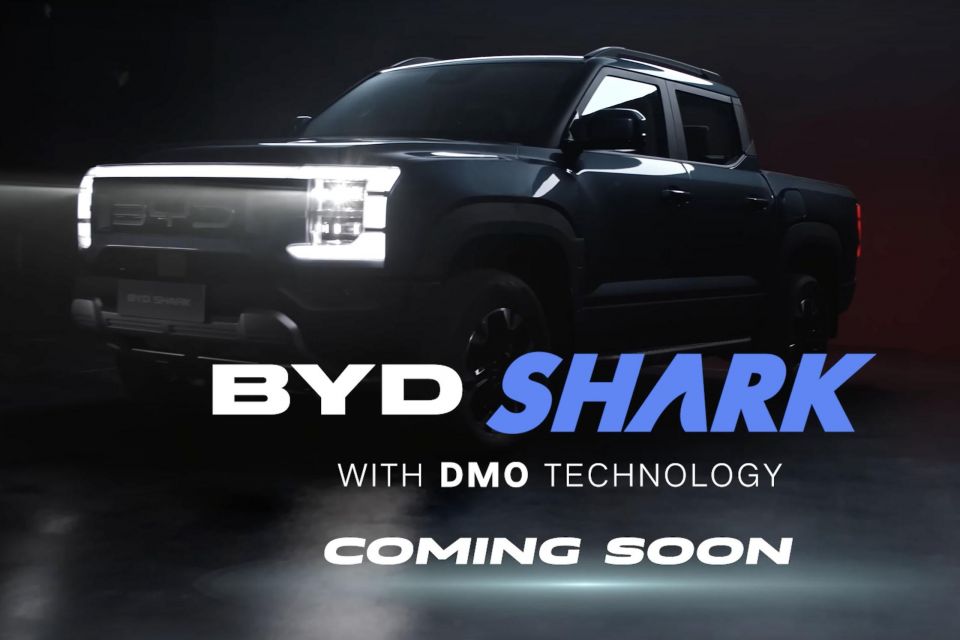
While pricing and specifications have yet to be revealed, the Shark will likely become the brand’s most expensive model in Australia.
The current range tops out with the Seal sedan, which has a top-spec model priced from $68,748 before on-road costs.
It will be interesting to see how the Shark fares against established utes, such as the Toyota HiLux, Mitsubishi Triton, Nissan Navara, and Ford Ranger, the latter of which will gain a plug-in hybrid variant in early 2025.
Take advantage of Australia's BIGGEST new car website to find a great deal on a BYD.
Derek Fung would love to tell you about his multiple degrees, but he's too busy writing up some news right now. In his spare time Derek loves chasing automotive rabbits down the hole. Based in New York, New York, Derek loves to travel and is very much a window not an aisle person.


Matt Campbell
5 Days Ago
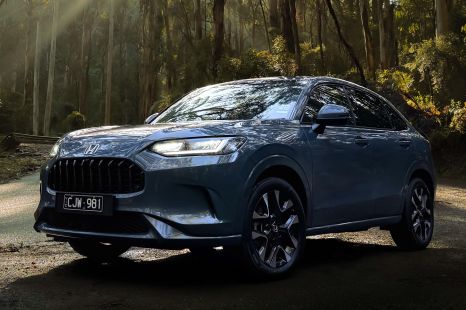

Elle Baillieu
4 Days Ago


William Stopford
4 Days Ago
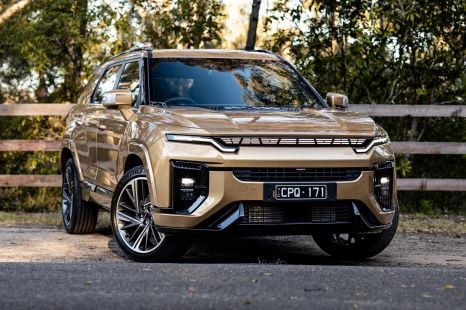

Matt Campbell
3 Days Ago
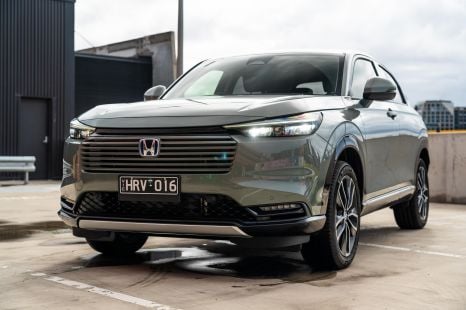

Max Davies
2 Days Ago
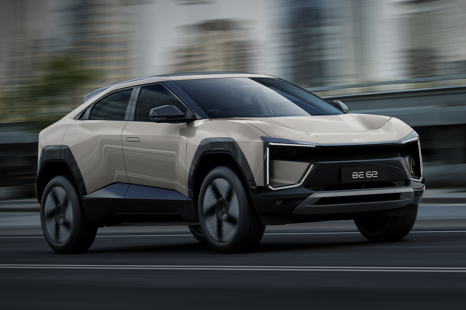

Damion Smy
9 Hours Ago